The Spring Awakening of the Prairie Garden
When arriving at Chatfield Farms in early spring – especially during the months of March and April – the prairie gardens surrounding the Earl J. Sinnamon Center may seem rather drab. Unlike some of the other gardens on the site, these prairie gardens comparatively tend to be slow to rise from their winter slumber. This is partially due to the way they are managed.
When it comes to managing these dense prairie plantings, the thick biomass, or chaff, grown from the previous season isn’t cut or removed until mid-March. Leaving the spent plant debris standing from fall to mid-spring is important for the small creatures that call Chatfield Farms home. Many species of insects, including solitary bees, create their nests within stems and debris of the prairie. Allowing the weather to dry out and warm up creates a chance for these creatures to awaken from their hibernation before their overwintering habitat is removed.
It is also beneficial to leave biomass standing through the winter to provide a layer of mulch, protection and insulation to the crowns of many plants from frigid temps and winter wind. The breakdown of this chaff also adds to the health of the soil, acting as a natural form of compost. Another benefit of a spring cutback is that many prairie species appear rather statuesque in the colder months, giving structure, texture and form to the garden space in the absence of green and flowers. With all these things in mind, because the perennials are cut back later rather than sooner, this means their spring emergence is somewhat delayed.
To be clear, removing the prior year’s bulky biomass is no small feat and this practice is very weather dependent. Natural prairies thrive from a fire cycle, but due to fire restrictions, the Chatfield Farms prairies must be cut back by hand. Two beds behind the Earl J. Sinnamon Center are mowed, while in the remaining beds all the debris is cut with hedge trimmers and raked away. Once this debris has been cut away, sunlight, moisture and warmth can penetrate the soil. This is when things begin to stir, and growth is accelerated.
By mid-April, foliage from the perennial prairie plants will be visible and emerging. New seedlings will be germinating and poking through the sandy loam soil. Although they are not native to the prairie, flowering bulbs such as daffodils, tulips, crocus and scilla will be at their peak, filling the void until May when more prairie species begin to flower.
In truth, the prairie’s time to shine is from the months of June through October. However, there is beauty in the slow awakening, excitement and anticipation when the first green shoots make their appearance, and delight at the first bursting of blooms.
Gallery
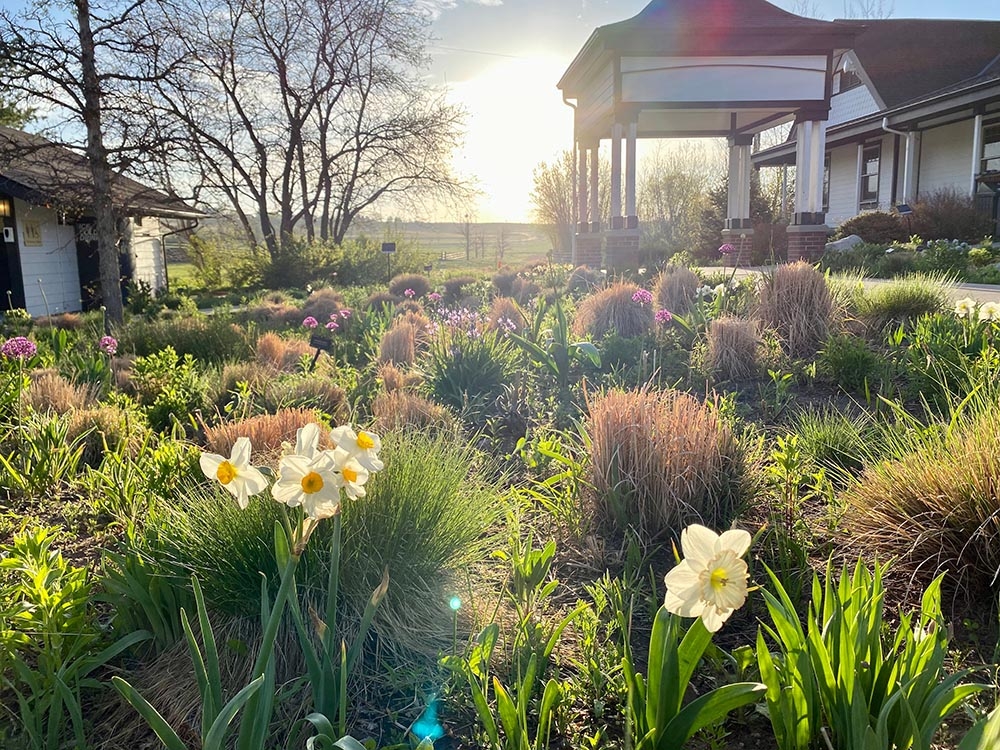
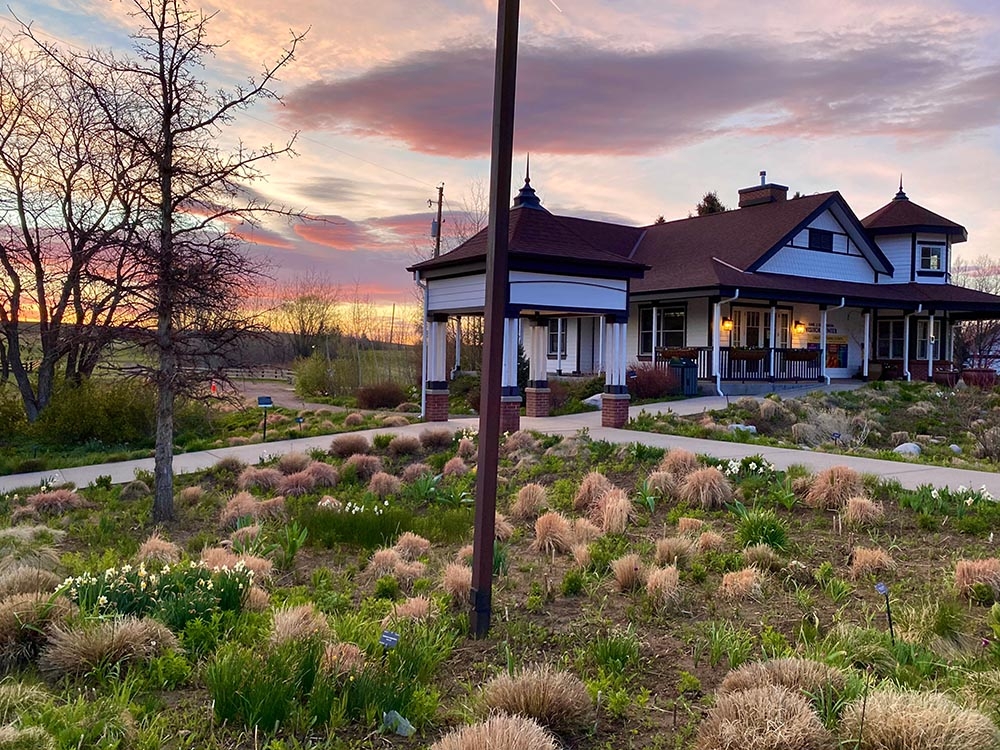
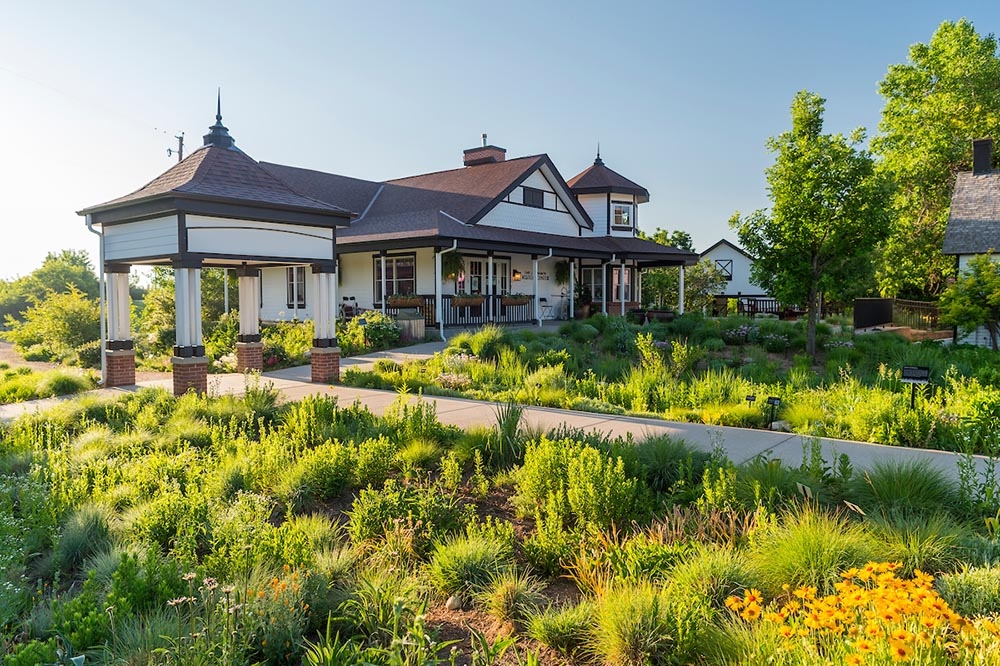
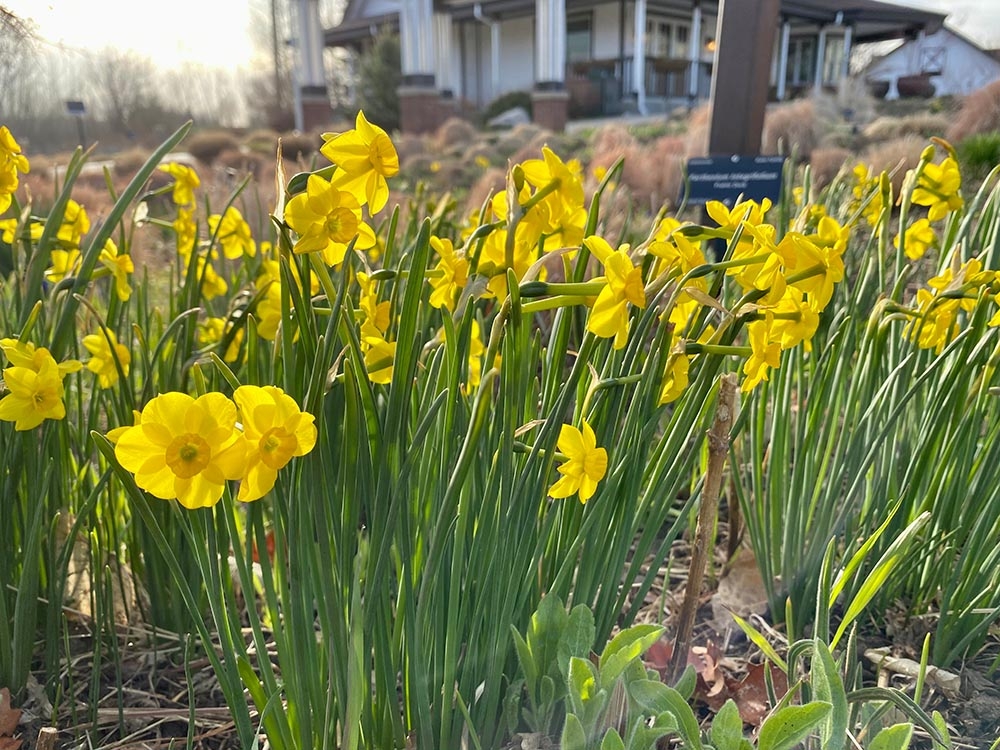
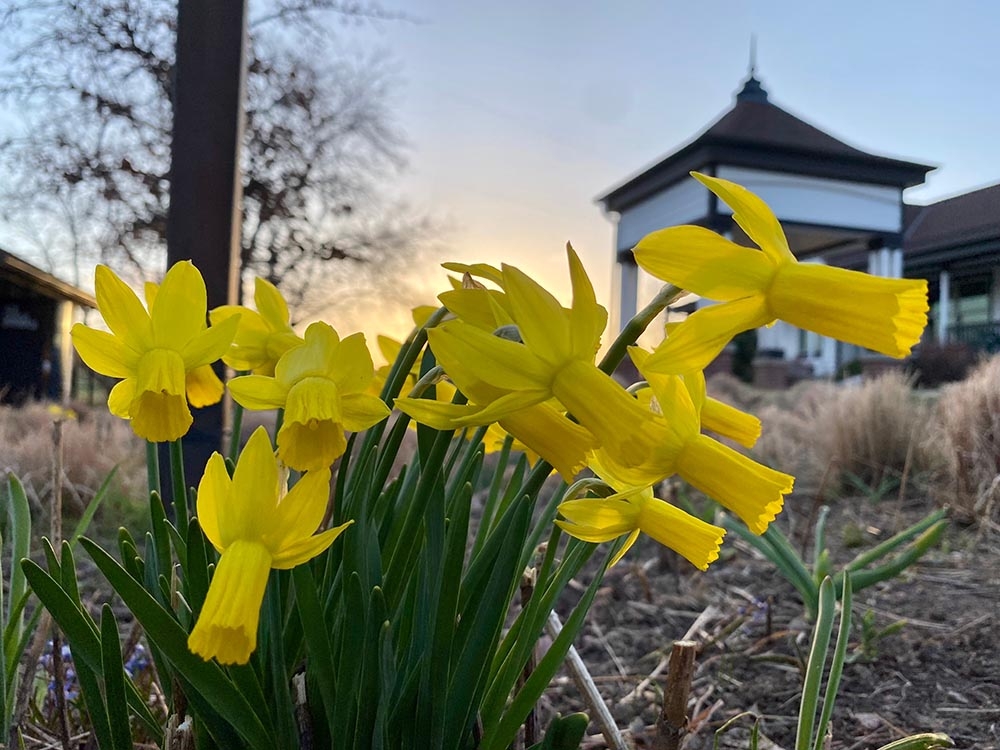
Add new comment